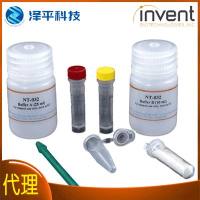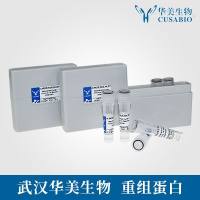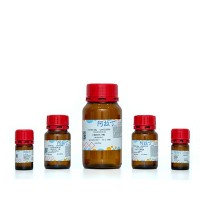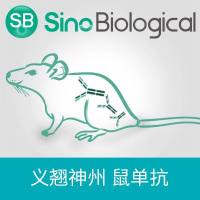Determination and Detection of Reactive Oxygen Species (ROS), Lipid Peroxidation, and Electrolyte Leakage in Plants
互联网
1144
Reactive oxygen species or intermediates are formed by the incomplete reduction of oxygen. Organisms living in aerobic environment generate various kinds of reactive oxygen species (ROS) molecules, such as superoxide (•O2 − ), hydrogen peroxide (H2 O2 ), hydroxyl radical (OH− ), singlet oxygen, and lipid hydroperoxides. ROS are highly reactive molecules and are extremely unstable, so detection of ROS relies on measuring the end products that are formed when they react with particular substances. The end products can be measured by changes in their fluorescence, color, or luminescence. ROS causes lipid peroxidation wherein the lipids in the cell membranes are damaged. Lipid peroxidation is usually quantified using a colorimetric assay. When ROS concentrations reach a certain threshold, it activates a programmed cell death response in the cells. This is quantified by measuring the amount of ion leakage. ROS such as superoxide and hydrogen peroxide have been detected traditionally by staining techniques. Superoxide anion is detected with nitroblue tetrazolium (NBT) and hydrogen peroxide by Diaminobenzidine tetrahydrochloride (DAB) staining. In this chapter, methods for determining total ROS and lipid peroxidation assay, histochemical staining techniques for superoxide and H2 O2 molecules are described.









